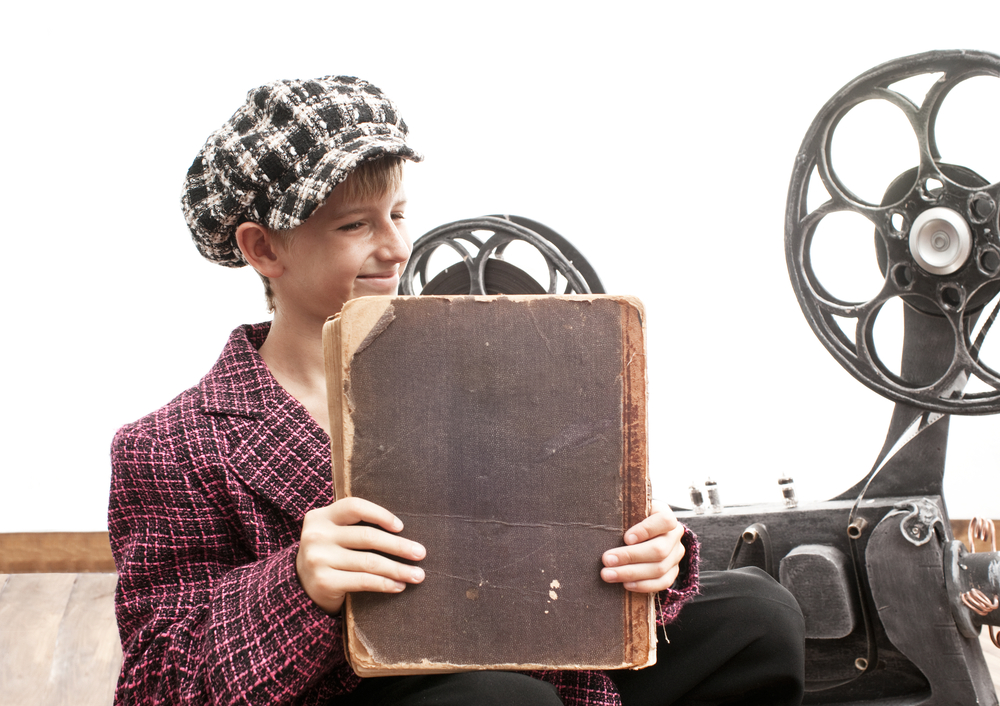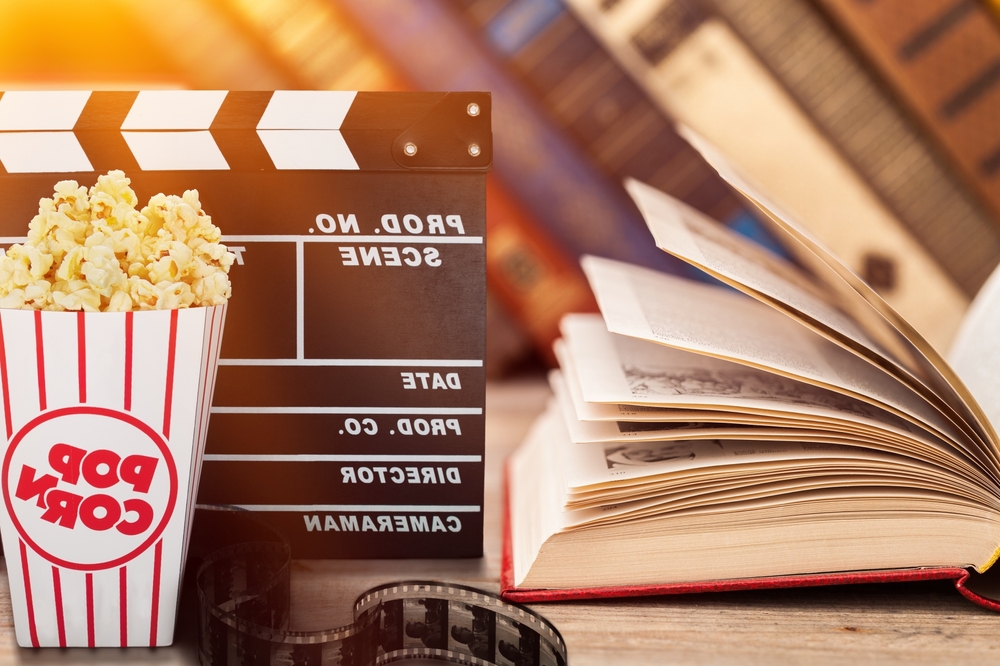One of the mysteries of storytelling is that it can take us to other worlds, make our imaginations fly, and spark a lot of emotions. The metamorphosis of books into box-office smash movies is among the most enthralling ways stories come to life. This task, though difficult yet satisfying, demands the fine art of retaining the spirit of the source material while merging it into the cinematic format. In this blog, we shall delve into the complex process of adapting the well-loved books into the movie.
The Challenge of Adaptation
The process of converting a book into a movie is an art. The difficulty is conveying the essence of the story in the abbreviated format of a two- to three-hour movie. Novels frequently involve detailed character development, complicated subplots, and deep world-building; therefore, filmmakers have a difficult task of squeezing this content without losing its core.
Successful adaptations demand the filmmakers make some hard choices about which parts to include, omit, or modify to assure a coherent and engaging cinematic experience. The critical point is to maintain the right balance between the faithfulness of the source material and the needs of visual storytelling.

Choosing the right source material
Some books are not meant for a blockbuster movie. The nature of a book itself, as in its pace, plot structure, and visual attractiveness, is very important in considering its potential for adaptation into a movie. Some novels are ideally suited for the visual medium with its backdrop of brilliant imagery and a compelling storyline, while others may have to push themselves to make the transition successful.
Further, how popular and culturally influential the said book is will affect its possibility of success as a movie adaptation. Producers and publishers usually approach bestsellers or cult classics as they are already popular among readers and have a ready market to watch their favourite tales on the screen.
The Art of Screenwriting
Adaptation commences with the screenplay, a vital component that acts as the base of the whole process of moviemaking. The good screenwriters must condense the spirit of the novel into their creation, transforming the plot and characters of the book into visual language. This process demands knowledge of both storytelling media and the ability to make creative decisions that improve the cinematic experience.
Casting: Characterization
Actor casting is an important stage in adaptation. Fans usually have predetermined ideas of what characters should look and sound like, which are based on their reading experience. Finding actors who not only correspond with these expectations but also bring something new to them is a difficult process.
The success of adaptations depends in great part on the actors, who have to look like the characters from the book as well as reflect their presence in a way that allows the story to move from the page to the screen as a whole.
Visualising Worlds: The Cinematography and the Production Design
Books are capable of creating strong mental pictures of imaginary galaxies and landscapes. The translation of these images into visually spectacular cinematic experiences necessitates a team of highly skilled cinematographers and production designers. In “The Lord of the Rings,” the magical landscapes of Middle-earth are depicted, and the dystopian future of “Blade Runner” is also involved in visual elements that are essential for the audience to be involved within the story.
The collaboration of filmmakers and artists is necessary to produce a visual language that is in harmony with the mood and ambience of the original material. An adaptation is successful when attention is given to the details of set design, creation of customs, and special effects.
Navigating fan expectations
One of the most challenging parts of an adaptation of a universally loved book is controlling the vision of the fans, who have strong feelings. Loyal readers are usually very attached emotionally to the original material and may become hostile to any changes or interpretations that conflict with their own vision.
However, the filmmakers should be cautious, respecting the original material while also realising the need for creative interpretation. Fan participation, sneak peeks, and the original author’s involvement can be employed to create a link between the book’s enthusiasts and the film adaptation.

Conclusion
The process of turning books into blockbuster movies is a daunting but lucrative task that involves creative interpretation, visual storytelling, and respect for the source. When done well, these adaptations possess the ability to introduce eternal stories to new readers and offer the fans something more as it coincides with their reading journey.
The enchantment of watching our most beloved characters revive on the silver screen will never die in the hearts of the audience across the world; thus, the written word will be linked with the visual magic of cinema.


